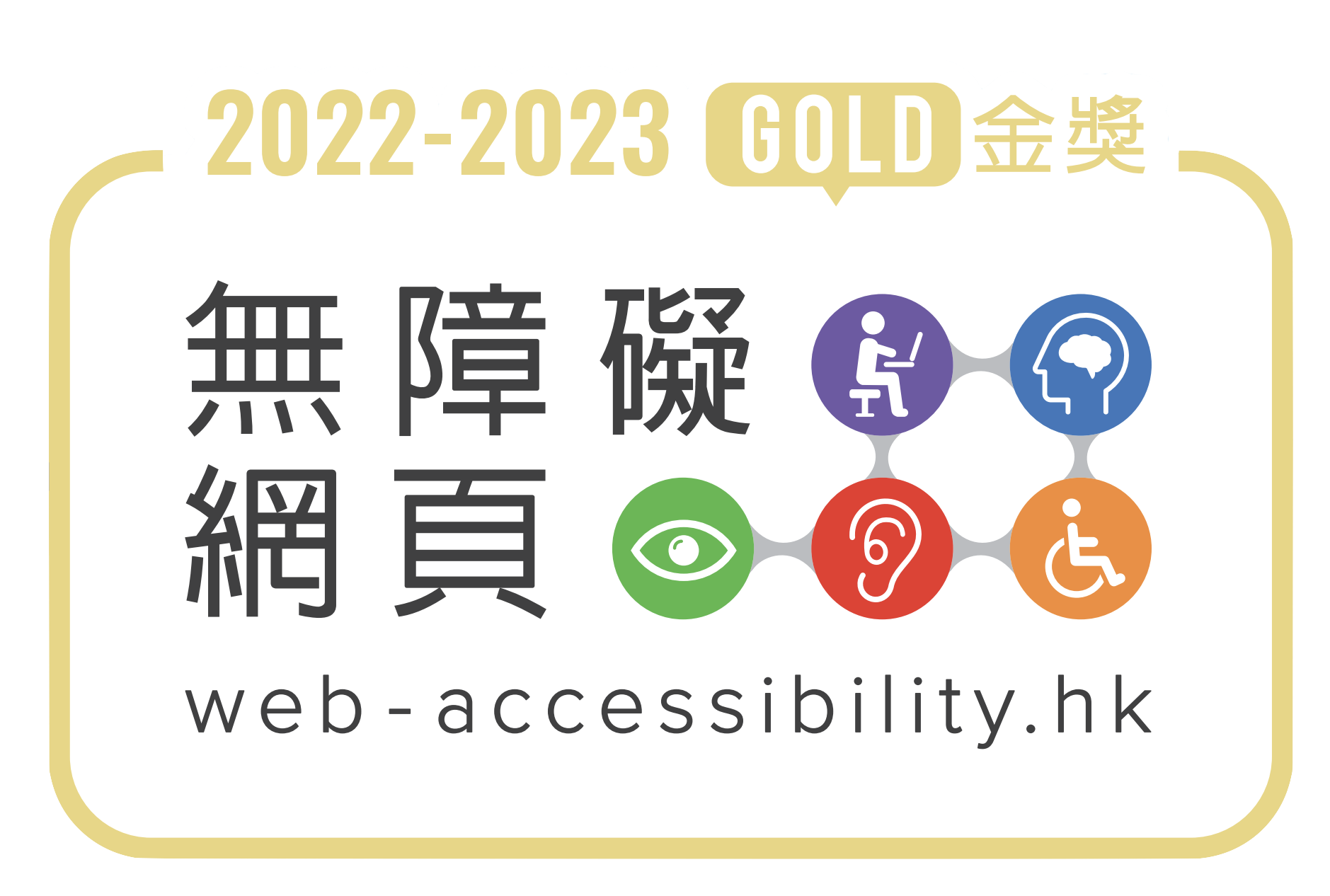
BARCELONA, Spain, Oct. 09, 2024 (GLOBE NEWSWIRE) -- European cities will need €1.5 trillion investment in sustainable mobility measures to meet the EU’s Green Deal emissions objectives by 2025. This is the main conclusion of the study "Cost and Benefit of the Urban Mobility Transition", conducted by the EIT Urban Mobility, an initiative of the European Institute of Technology and Innovation (EIT), a body of the European Union, that will be presented on November 6th at Tomorrow.Mobility World Congress (TMWC), the international event promoting the design and adoption of new sustainable urban mobility schemes.
The extensive research offers a detailed simulation of three transition scenarios across twelve European city prototypes, reflecting the diversity of urban environments within the EU. It reveals that while technology advancements alone could reduce CO2 emissions by 21% by 2030, achieving the Green Deal targets requires much more ambitious measures. The only emission reduction pathway for urban mobility that meets the 2030 Green Deal target involves a 44% reduction in emissions, but it comes with significant challenges in terms of public acceptance and behaviour change.
The findings and conclusions of report will be discussed by researcher Stefano Borgato on November 6 at one of the keynote sessions of TMWC, highlights that the most effective measures for reducing private car use, and consequently emissions, involve a combination of attractive public transport, shared mobility options, and access restrictions like low-emission zones. By 2030, these measures could result in a 7% increase in public transport ridership and up to a 16% reduction in private car trips.
Green is gold
By 2050, all three scenarios analysed in the study are projected to meet the Green Deal’s decarbonisation goals for the transport sector, primarily through continued technological advancements and vehicle fleet renewals. The study analyses the impact of 39 different measures that include subsidized fleet renewals, deployment of Low Emission Zones and Limited Traffic Zones, Road Charging, Shared Mobility and Car-free days.
Depending on the measures taken, the research estimates that meeting the GHG emission reduction set in the EU’s Green Deal for 2050 will require at least an additional €1.5 trillion in investments over that period, including €500 billion for implementing and managing various sustainable mobility measures.
In addition to emission reductions, the study points to significant public health benefits. A shift towards more active modes of transport, such as walking and cycling, could lead to cumulative health savings of up to €1,170 per capita by 2050, driven by the benefits of a more active lifestyle. Moreover, improvements in road safety are anticipated, with potential reductions in road traffic fatalities by up to 70% by 2050 because of safer infrastructure and the adoption of intelligent transport systems.
The research underscores that, regardless of a European city's characteristics, prioritising public transport is essential for a fair and sustainable urban mobility transition. Public transportation provides an ideal compromise between CO2 emission reductions and investments, but also is the only inclusive mobility option for all segments of the population.
For media requests please contact:
Salvador Bilurbina
email: sbilurbina@firabarcelona.com
phone: +34628162674
A photo accompanying this announcement is available at https://www.globenewswire.com/NewsRoom/AttachmentNg/3c1f74b0-ad3a-4d25-a7cf-ff7b9ba36de4

source: Fira De Barcelona
【與拍賣官看藝術】走進Sotheby's Maison睇睇蘇富比旗艦藝廊!蘇富比如何突破傳統成規?► 即睇
































